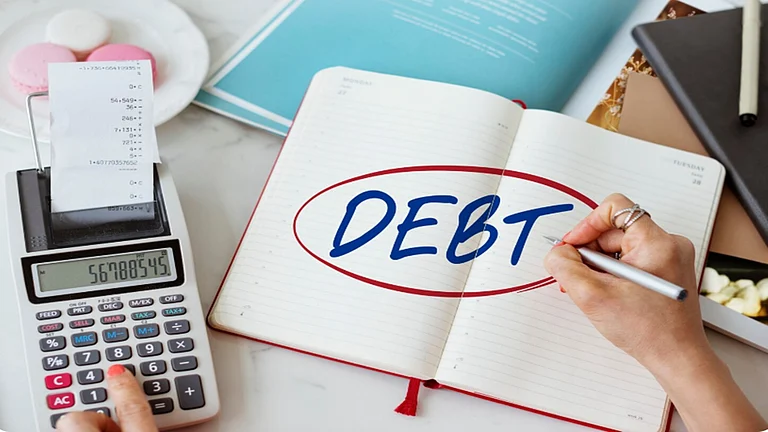Buying a house is a significant financial choice that requires careful planning. Most individuals buy a house with a home loan but to avoid future financial problems, it's necessary to understand and handle the long-term financial responsibilities involved.
What Leads to a Home Loan Debt Trap
When borrowers are unable to fulfill their repayment commitments, they can fall into a house loan debt trap, which results in financial hardship. While house loans provide an organized method for financing a property, some circumstances may trap borrowers into a debt cycle which makes it difficult to come out of it. Here's a look at some reasons why borrowers may fall into a home loan debt trap:
Over-Borrowing: Financial strain can result from taking out a debt that exceeds one's ability to repay, making it challenging to control monthly spending.
Overlooking Interest Rate Impact: Failing to assess how interest rates affect your loan repayment can lead to financial strain. Higher interest rates make borrowing more expensive overall and make long-term repayment more difficult.
Lack of Financial Planning: Unexpected financial strain might result from not considering extra expenses like property taxes, maintenance and insurance.
Multiple Loans and Debt Burden: When a home loan is managed alongside other debts, like credit card bills or personal loans, it can cause financial instability and make payments more challenging.
How to Avoid Falling into a Home Loan Debt Trap
1. Borrow Wisely: Rather than borrowing a loan beyond your ability to repay, always opt for a loan that you can comfortably repay. When you take on more debt than you can pay back it can become difficult and stressful to handle other necessities.
2. Plan for Interest Rate Changes: Choosing a floating interest rate means you should be ready for possible hikes that may result in increased monthly EMIs. Consider if a fixed-rate loan would be more suitable for stability or ensure you have sufficient cash available to handle rate fluctuations to avoid unexpected financial pressure.
3. Consider All Homeownership Expenses: Plan your home loan payments by taking into account extra costs like utilities, insurance, maintenance fees and property taxes. Many borrowers focus only on EMIs, overlooking these recurring costs, which can disrupt financial stability in the long run.
4. Maintain an Emergency Fund: Save enough money to cover at least six months' worth of expenses in case of unexpected financial hardships like losing your job, experiencing a medical emergency, or seeing a sudden drop in income. During difficult circumstances, an emergency fund can serve as a safety net and save you from missing loan payments.
5. Avoid Taking on Too Much Debt: If you already have existing loans, such as personal loans or credit card dues, be mindful of your overall financial burden. By having your overall debt level within the control limit, you can protect your financial comfort and avoid avoidable stress for repaying your home loan.














